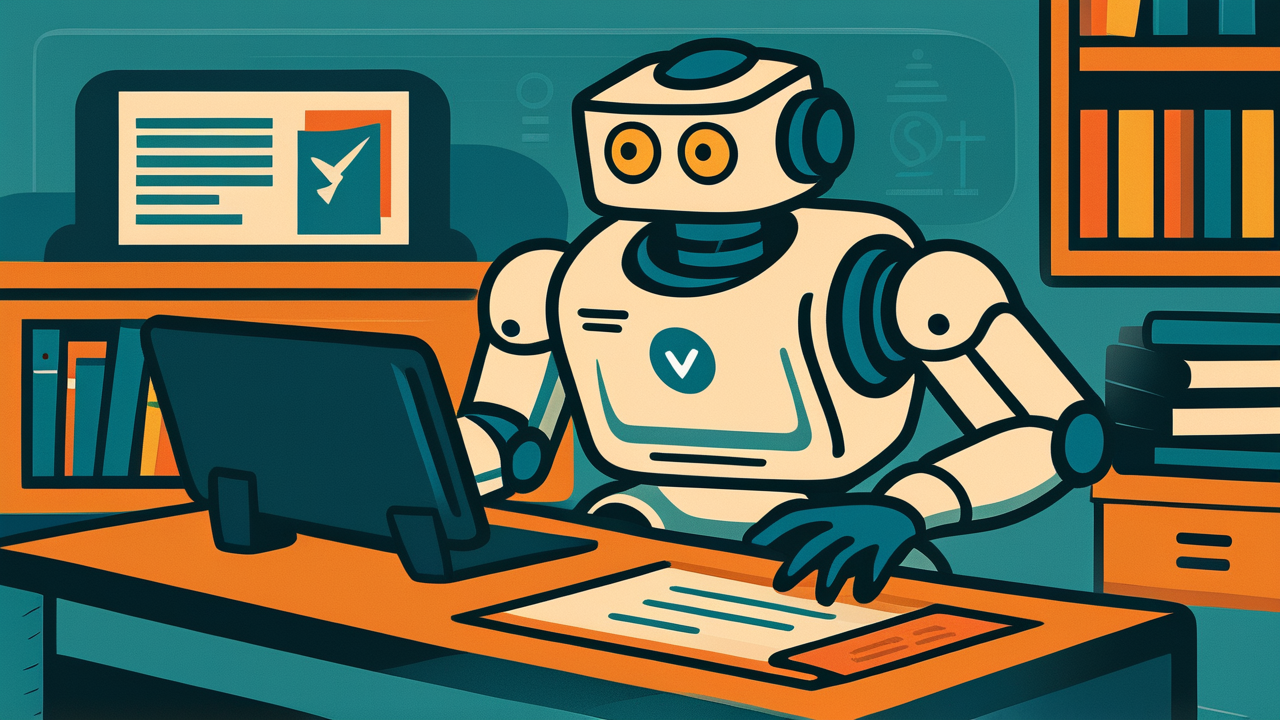[Disclaimer] This article is reconstructed based on information from external sources. Please verify the original source before referring to this content.
News Summary
The following content was published online. A translated summary is presented below. See the source for details.
NVIDIA has announced a groundbreaking technology called Helix Parallelism that dramatically improves how AI processes massive amounts of information. This innovation allows AI models to handle multi-million token contexts?equivalent to reading an entire encyclopedia?while maintaining real-time response speeds. The technology addresses two major bottlenecks in AI processing: Key-Value cache streaming and Feed-Forward Network weight loading. By using a unique approach inspired by DNA’s double helix structure, Helix Parallelism enables up to 32 times more concurrent users at the same speed compared to previous methods. This means AI assistants can serve more people faster while maintaining context from months of conversation, analyzing massive legal documents, or navigating huge code repositories. The technology is specifically designed to work with NVIDIA’s Blackwell systems and represents a significant leap forward in making AI more practical for real-world applications that require both vast knowledge and instant responses.
Source: NVIDIA Developer Blog
Our Commentary
Background and Context

Think of AI like a student trying to read and understand a massive textbook while answering questions. Traditional AI models struggle when they need to remember huge amounts of information?like trying to hold an entire encyclopedia in your head while having a conversation. Tokens are the basic units AI uses to understand text (like words or parts of words), and modern AI applications need to process millions of them at once.
The challenge is similar to having a super-fast reader who needs to constantly flip back through thousands of pages to answer each question. Every time the AI generates a response, it must access its memory of everything that came before?this is called the KV cache. When conversations get long or documents get huge, this constant memory access becomes a major slowdown, like traffic congestion on a highway.
Expert Analysis
NVIDIA’s solution is clever: they created Helix Parallelism, which works like having multiple readers working together in a coordinated way. Instead of one computer trying to handle everything, Helix splits the work intelligently across many GPUs (graphics processing units?the powerful chips that run AI).
The innovation lies in how Helix manages two different types of work: attention (understanding context) and feed-forward networks (processing information). It’s like having a team where some members specialize in research while others focus on writing?but they can switch roles instantly without wasting time. This flexibility allows the same set of GPUs to handle different tasks optimally, avoiding the bottlenecks that slow down traditional approaches.
Additional Data and Fact Reinforcement
The performance improvements are remarkable. According to NVIDIA’s simulations on their Blackwell hardware:
? 32x improvement in the number of concurrent users that can be served at the same speed
? 1.5x faster response times for individual users in low-traffic scenarios
? Ability to handle 1 million token contexts (roughly equivalent to 750,000 words or a very thick book)
These improvements mean AI assistants can maintain months of conversation history, lawyers can analyze massive case files instantly, and programmers can get help with enormous codebases?all while receiving responses as quickly as current AI systems handle much smaller tasks.
Related News
This development comes at a time when AI companies are racing to create more capable models. OpenAI, Google, and Anthropic have all been working on extending context windows (how much information AI can consider at once). NVIDIA’s hardware-software approach gives them a unique advantage by optimizing both the chips and the algorithms together.
The technology builds on NVIDIA’s dominance in AI hardware, where their GPUs power most of the world’s AI training and inference. The new Blackwell architecture, which Helix is designed for, represents their latest generation of AI-focused chips with features like FP4 compute (a super-efficient way of doing calculations) and high-bandwidth connections between chips.
Summary

Helix Parallelism represents a major breakthrough in making AI both smarter and faster. By solving the memory bottleneck problem that has limited AI’s ability to handle large contexts, NVIDIA has opened the door for more sophisticated AI applications. This means future AI assistants won’t just give quick answers?they’ll be able to understand and reason about vast amounts of information while still responding instantly.
For everyday users, this translates to AI that can remember entire conversations over months, help with complex research projects, or assist with large-scale analysis without slowing down. As this technology becomes available in real products, we can expect AI assistants to become significantly more helpful for tasks that require deep understanding of extensive information.
Public Reaction
The developer community has shown strong interest in Helix Parallelism, particularly those working on large language model applications. Many are eager to see how this technology will be integrated into popular AI frameworks. The potential for serving more users simultaneously at lower costs has caught the attention of companies looking to scale their AI services. However, some developers note that taking full advantage of Helix will require access to NVIDIA’s latest Blackwell hardware, which may limit initial adoption to well-funded organizations.
Frequently Asked Questions
Q: What does “multi-million token” mean in simple terms?
A: Tokens are like puzzle pieces of text. A million tokens is roughly 750,000 words?imagine being able to read and remember an entire Harry Potter book series while having a conversation!
Q: How does this help regular people using AI?
A: It means AI assistants can remember much longer conversations, analyze huge documents quickly, and serve many more people at once without slowing down. Think of it like upgrading from a notepad to a supercomputer’s memory.
Q: When will this technology be available?
A: NVIDIA hasn’t announced specific dates, but they mention bringing these optimizations to inference frameworks soon. It will likely appear first in enterprise and cloud AI services before reaching consumer applications.


